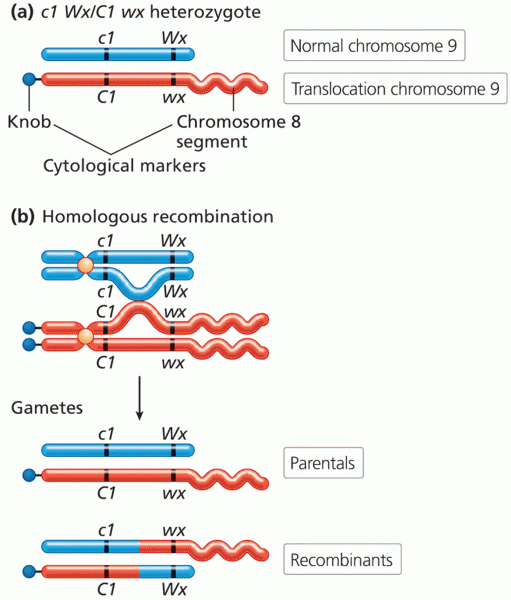Time magazine recently polled 500 13-year-olds online to get a glimpse into their world. The results may surprise many people: 13-year-olds in 2005 enjoy their relationships with their parents, are less likely to drink or do drugs than previous generations, and they are highly focused, competitive and determined to succeed. The overscheduled toddlers of the 1990s are now controlling their own schedules, and in many cases, their days are just as jam-packed as ever. It seems today's teens are not only used to being extremely busy, they thrive on it. One result from the Time Poll was that 53 percent of the 13-year-olds polled said their parents are very involved in their lives. Suppose that 200 of the 13-year olds were boys and 300 of them were girls. We wish to find out if the proportion of 13-year old boys and girls who say that their parents are very involved in their lives are the same. Let the boys be represented by subscript 1 and girls by 2 . Is the probability that we have made a Type 2 error equal to 1 0.01 = 0.99 or 99?
a. Yes
b. No
Question 2
Time magazine recently polled 500 13-year-olds online to get a glimpse into their world. The results may surprise many people: 13-year-olds in 2005 enjoy their relationships with their parents, are less likely to drink or do drugs than previous generations, and they are highly focused, competitive and determined to succeed. The overscheduled toddlers of the 1990s are now controlling their own schedules, and in many cases, their days are just as jam-packed as ever. It seems today's teens are not only used to being extremely busy, they thrive on it. One result from the Time Poll was that 53 percent of the 13-year-olds polled said their parents are very involved in their lives. Suppose that 200 of the 13-year olds were boys and 300 of them were girls. We wish to find out if the proportion of 13-year old boys and girls who say that their parents are very involved in their lives are the same. Let the boys be represented by subscript 1 and girls by 2 . Is the probability that we have made a Type 1 error equal to 1 (0.01)?
a. Yes
b. No







